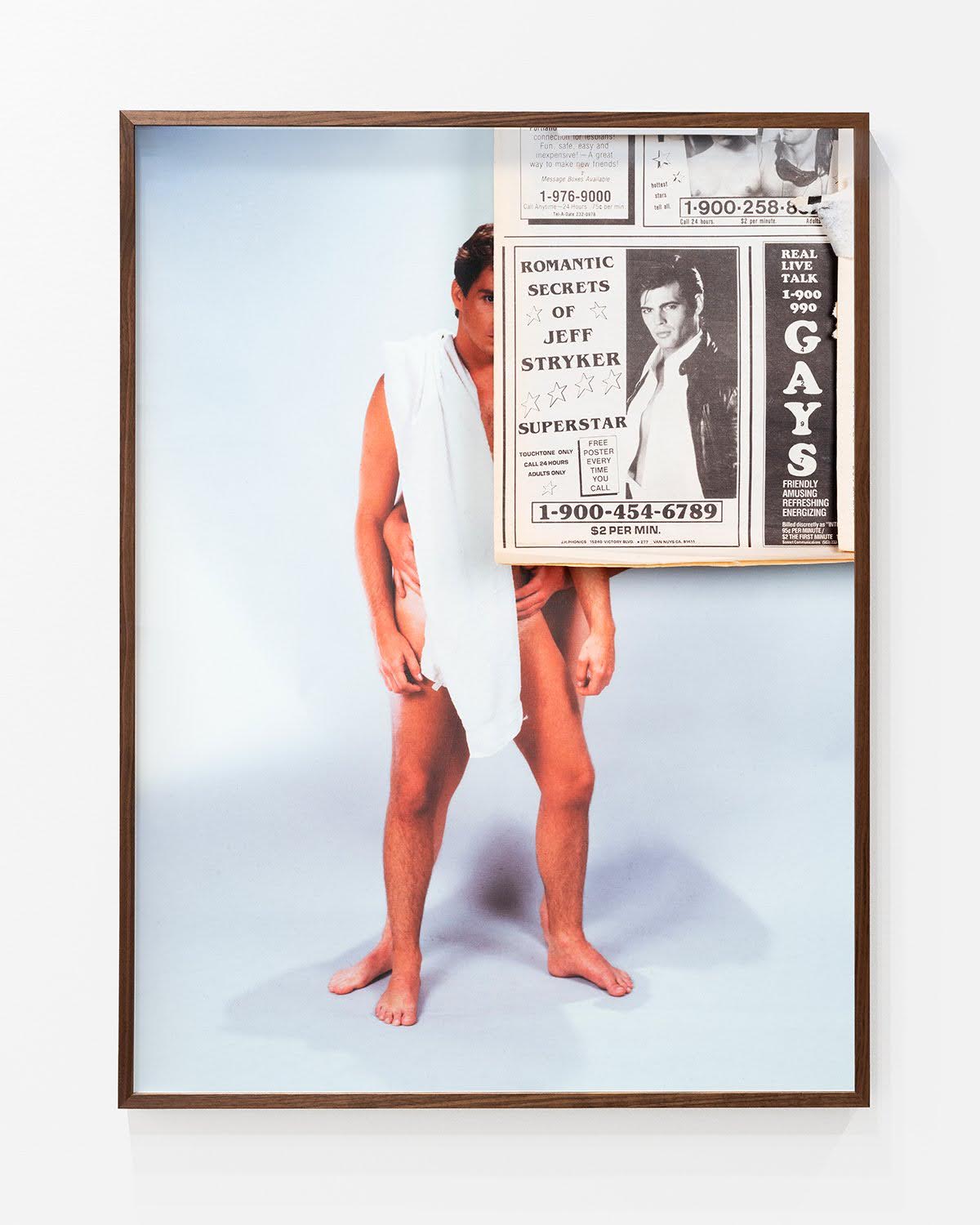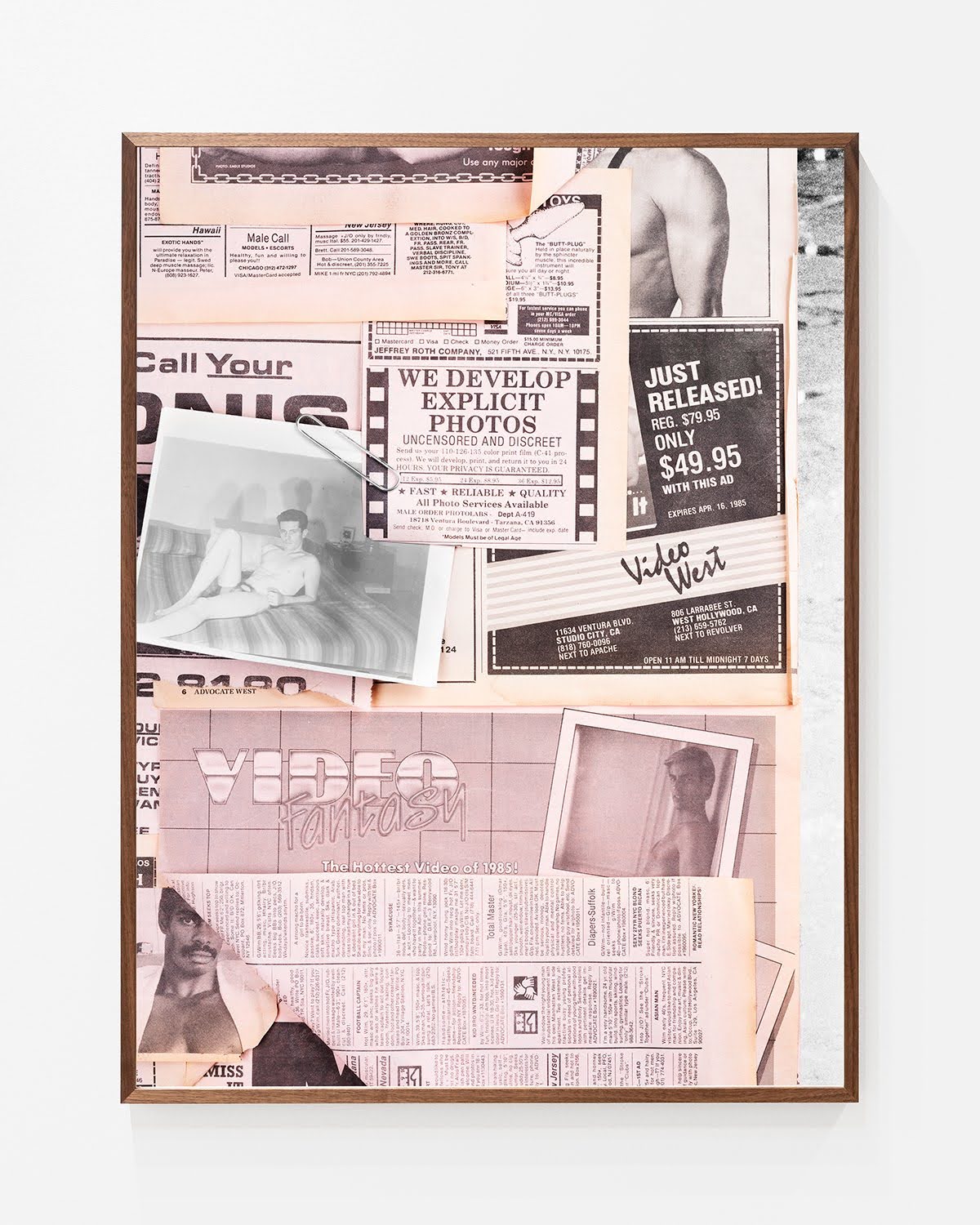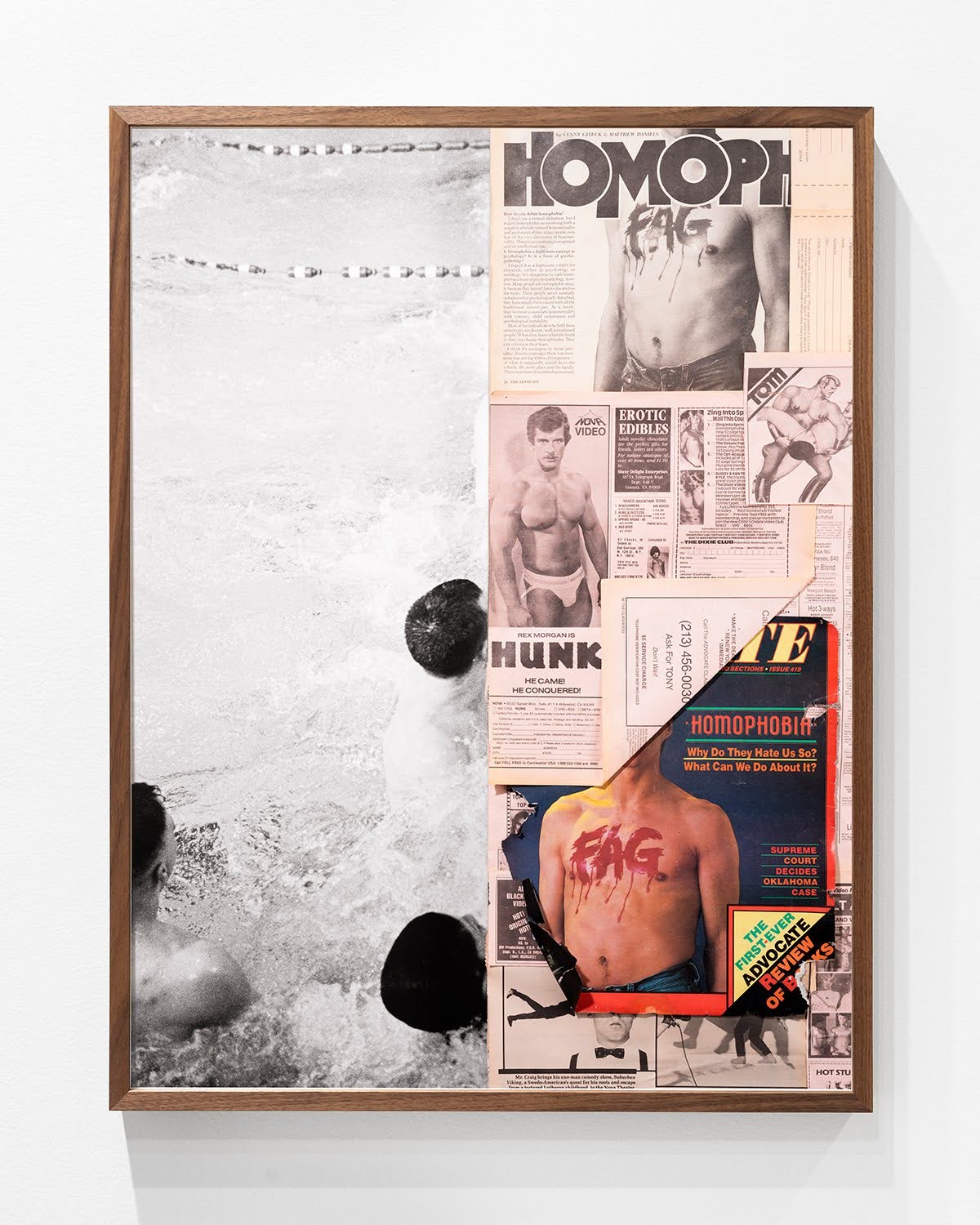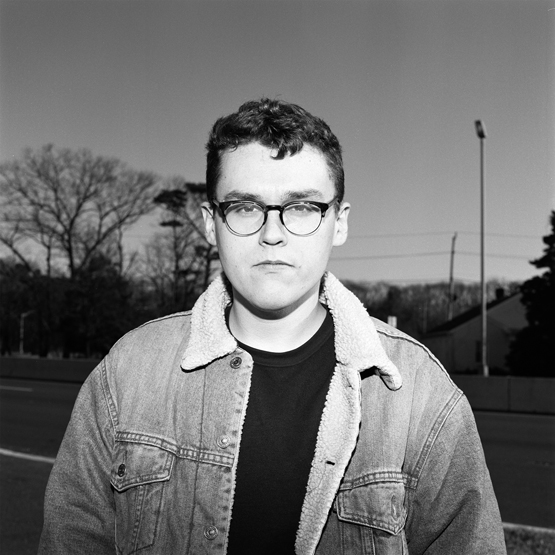Current
—
Sweet Pea
Ryan Patrick Krueger
November 07 – December 14, 2025︎︎︎ schedule viewing with Calendly
︎︎︎ exhibition checklist
(Philadelphia, PA) Fuller Rosen Gallery is thrilled to present Sweet Pea, a solo exhibition by Ryan Patrick Krueger. In Sweet Pea, Krueger reimagines queer modes of analog communication; weaving together printed ephemera and newspaper clippings to revisit the intimacy of classified ads and personal messages from the 1980s and 1990s. By positioning fantasy and constructed memory as vital tools for navigating history, Sweet Pea insists that queer intimacy is not only remembered but continually reimagined, extending past legacies into present and future conversations about belonging.
Join us for the opening reception of Sweet Pea at Fuller Rosen Gallery on First Friday, November 07 from 6-9 pm.

Ryan Patrick Krueger, Romantic Secrets (1990), 2024, courtesy of the artist and Rivalry Projects, Buffalo, NY
 Ryan Patrick Krueger, Video Fantasy (1985), 2024, courtesy of the artist and Rivalry Projects, Buffalo, NY
Ryan Patrick Krueger, Video Fantasy (1985), 2024, courtesy of the artist and Rivalry Projects, Buffalo, NYThis layered approach collapses distinctions between historical artifact and intervention, transforming ephemeral traces of desire and intimacy into meditations on fantasy, memory, and survival. Originally published earlier this year as a publication with New Poetics Publishing, Sweet Pea now extends into an expanded body of work including new archival pigment prints. Sweet Pea is informed by intergenerational dialogue, drawing on archival materials inherited from photographer and filmmaker Linda Kliewer whose work documented Oregon’s resistance to Ballot Measure 9; one of the harshest anti-gay laws in American history. The project’s title derives from a 1991 issue of Just Out, a Portland, Oregon based gay newspaper, where the phrase “sweet pea, I love you” appears in a classified ad, not as a search for connection, but as a declaration of it amid political hostility and cultural upheaval.
 Ryan Patrick Krueger, Homo, Hunk, Fag (1989), 2024, courtesy of the artist and Rivalry Projects, Buffalo, NY
Ryan Patrick Krueger, Homo, Hunk, Fag (1989), 2024, courtesy of the artist and Rivalry Projects, Buffalo, NY
By weaving this political context together with materials drawn from personal ads, Krueger situates Sweet Pea within a broader visual history of queer longing, vulnerability, and resilience. While the dominant narratives of the Gay Liberation Movement are often centered on larger cities such as New York, Los Angeles, and San Francisco, this project reminds us of smaller regional histories —such as Portland’s queer revolution — that shaped local communities and defined their own forms of resistance and connection in the early 1990s. Through the act of reworking and recontextualizing archival fragments, Krueger’s investment in Sweet Pea honors a visual culture at risk of disappearance while fostering new conversations about intimacy, desire, and identity.

Ryan Patrick Krueger (b. 1992, he/him/they/them) is a lens-based artist and independent curator whose practice explores the entanglement of queer identity, memory, and photography. Krueger holds a BFA in Photography from the Pacific Northwest College of Art in Portland, OR, and a MFA in Photography from the School of the Art Institute of Chicago. Krueger lives and works in Chicago, IL, and is represented by Rivalry Projects in Buffalo, New York.
Krueger has curated exhibitions such as “Queer Moments: Selections from the Light Work Collection” at Light Work in Syracuse, NY and “Not Gay” co curated with Jonathan David Katz at SUNY Fredonia. Their work has been exhibited nationally including solo presentations at the Everson Museum of Art in Syracuse, NY; Tiger Strikes Asteroid in Brooklyn, NY; Rivalry Projects in Buffalo, NY and MONACO in St. Louis, MO. They were featured in the 2022 FotoFest Biennial in Houston, TX alongside Dorothea Lange and Lorraine O’Grady. A recipient of the 2023 Creator Labs Photo Fund by Aperture and Google, Krueger's work has appeared in ARTnews, Art in America, Aperture, The Brooklyn Rail, OutSmart Magazine, Sixty Inches From Center, PhotoVogue, Glasstire, among others.